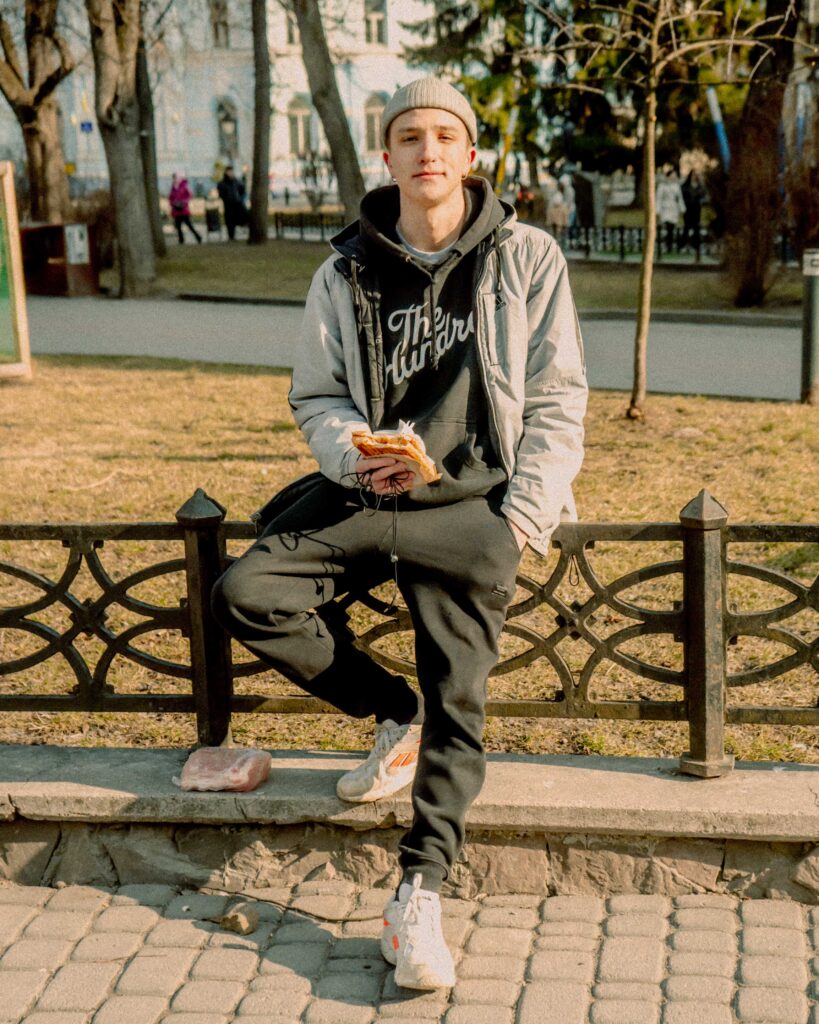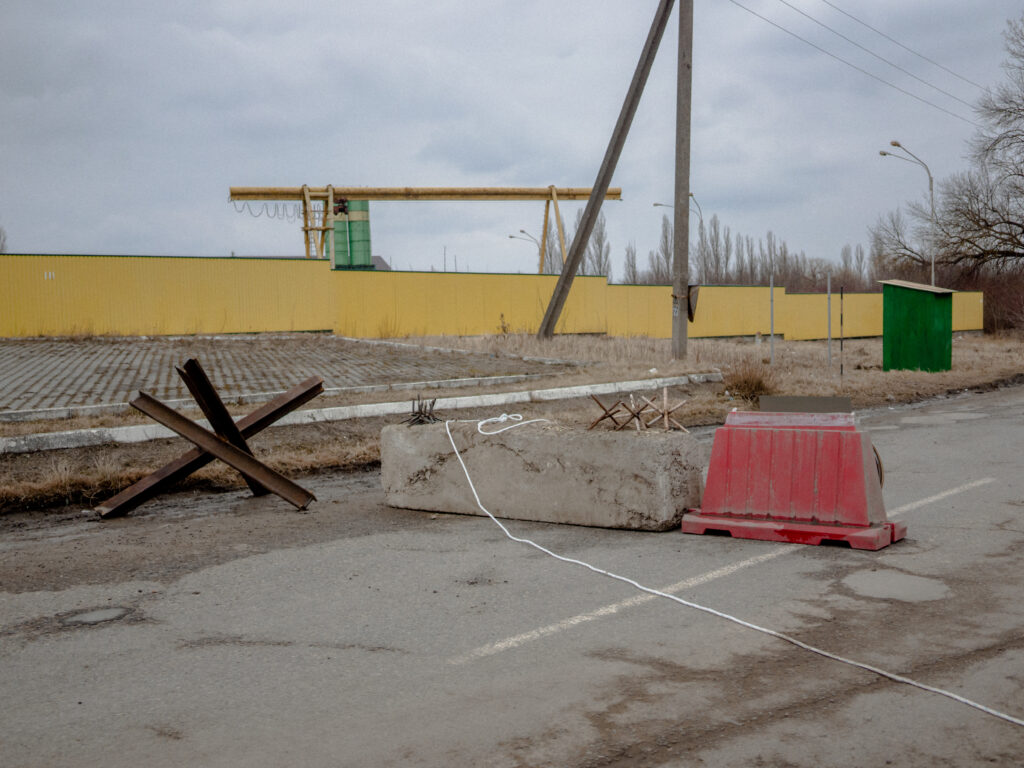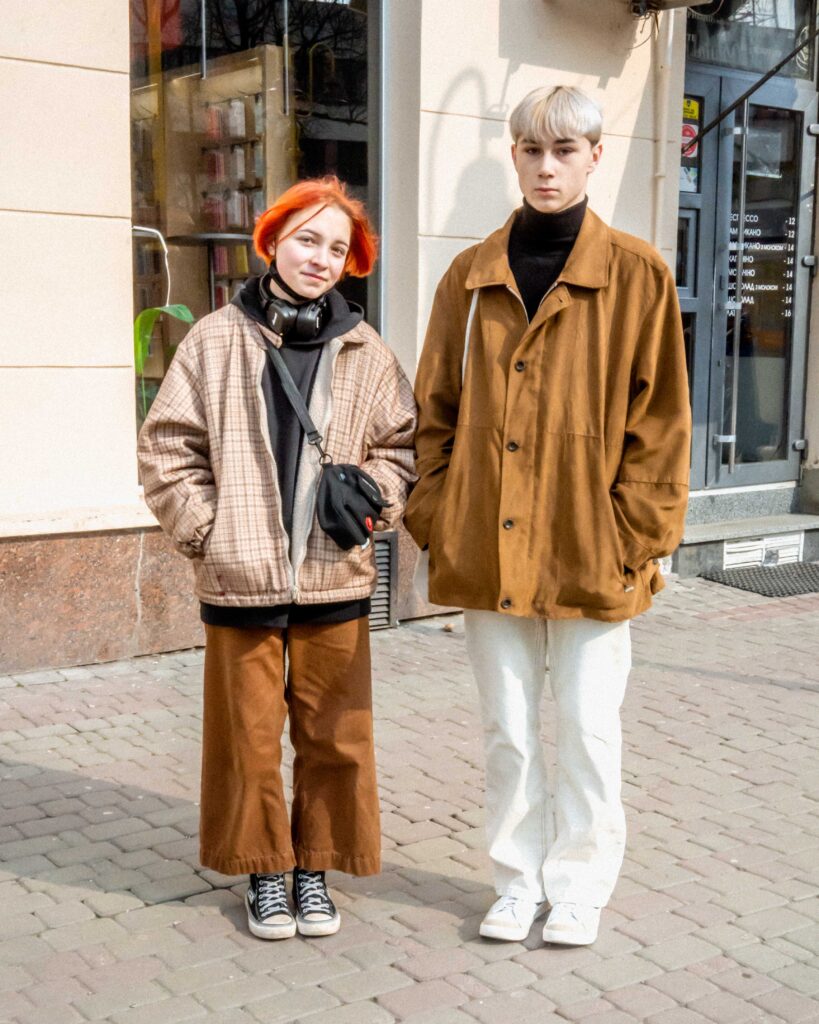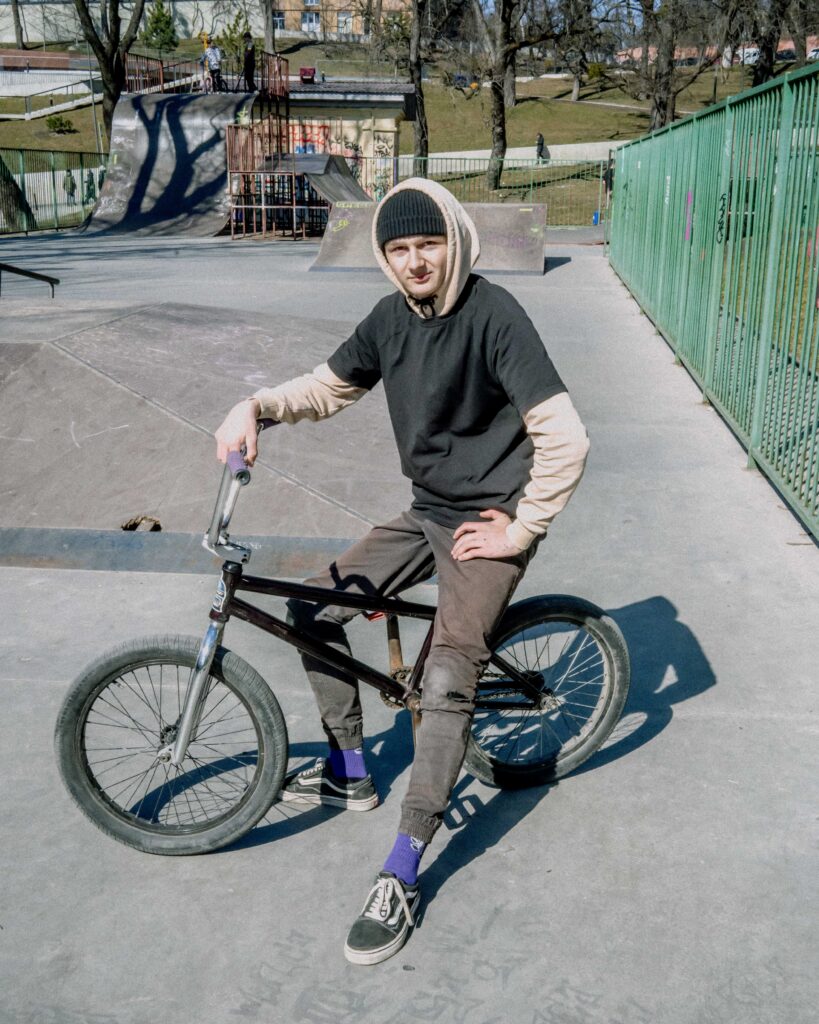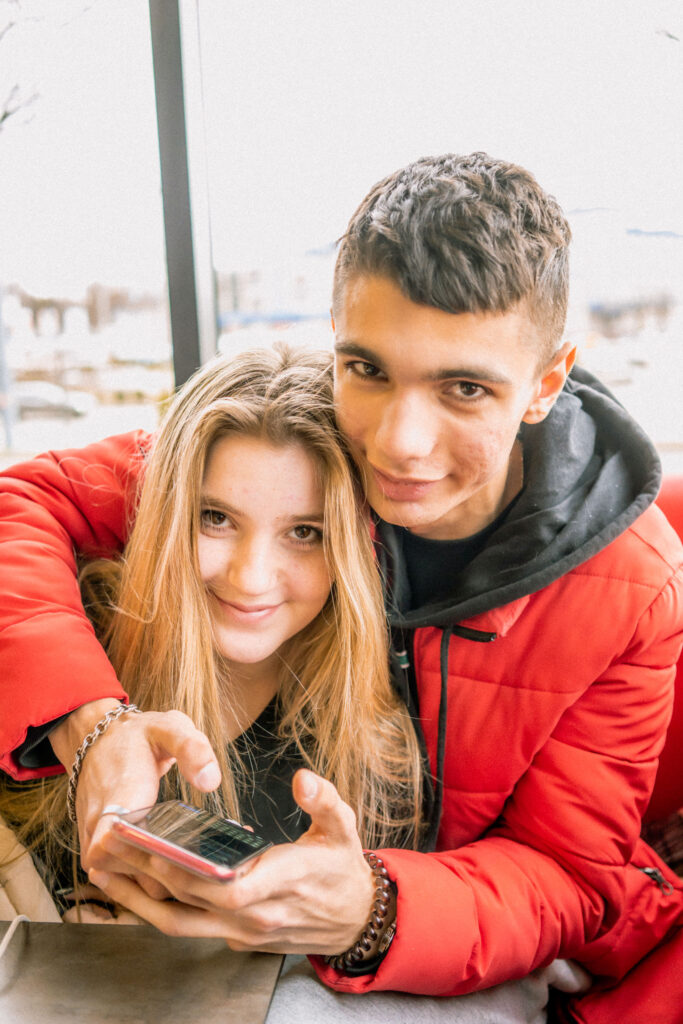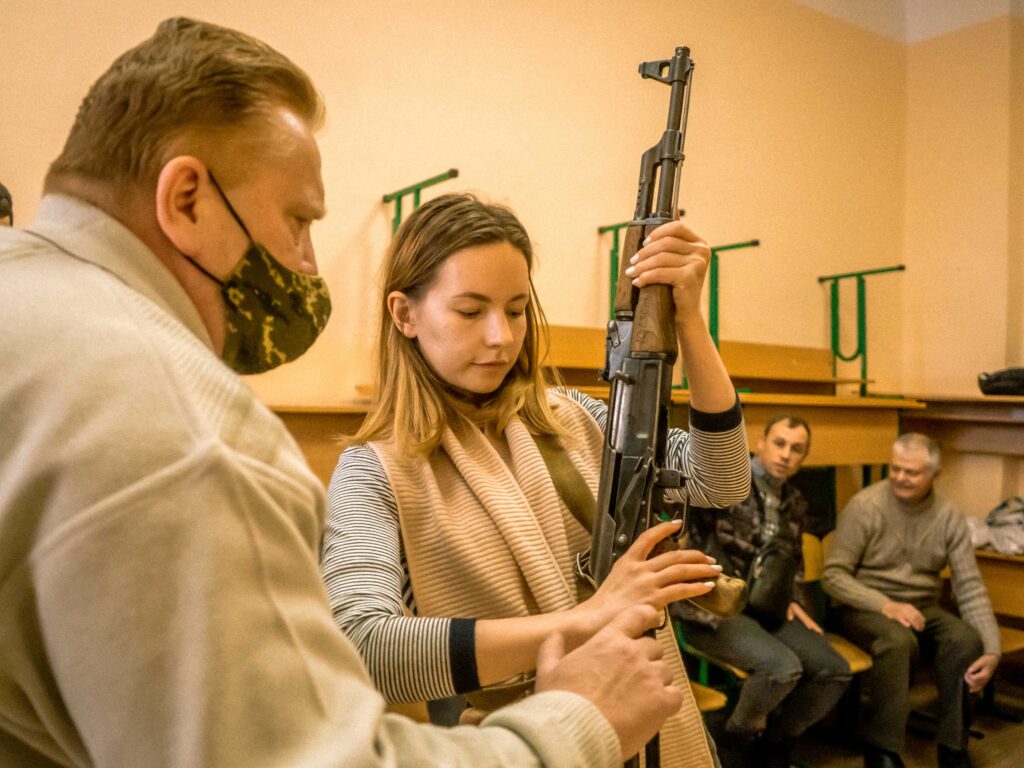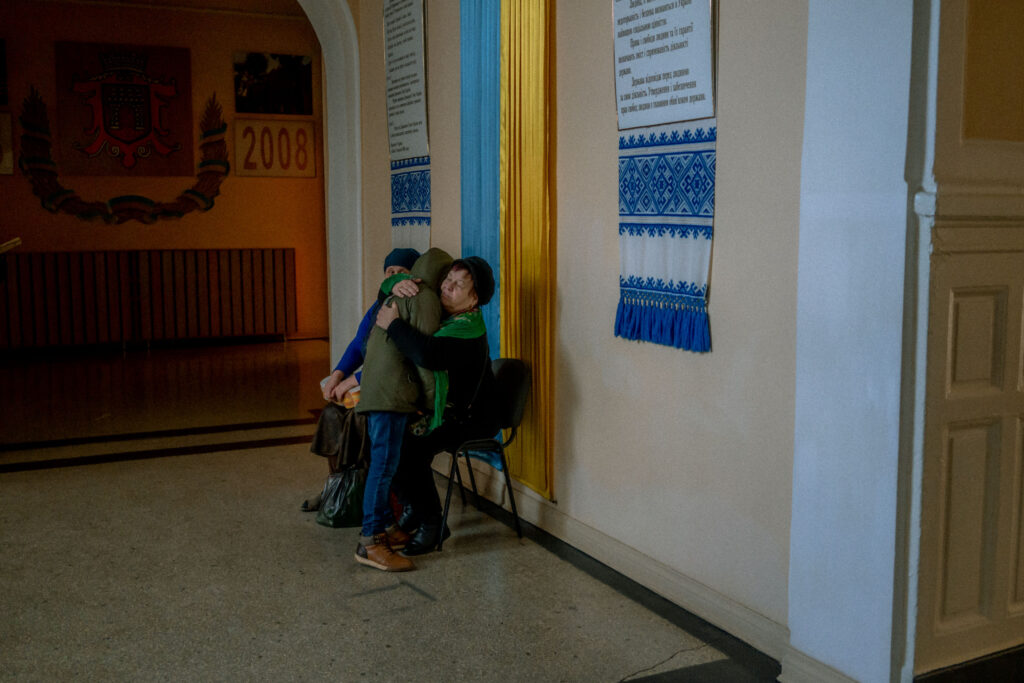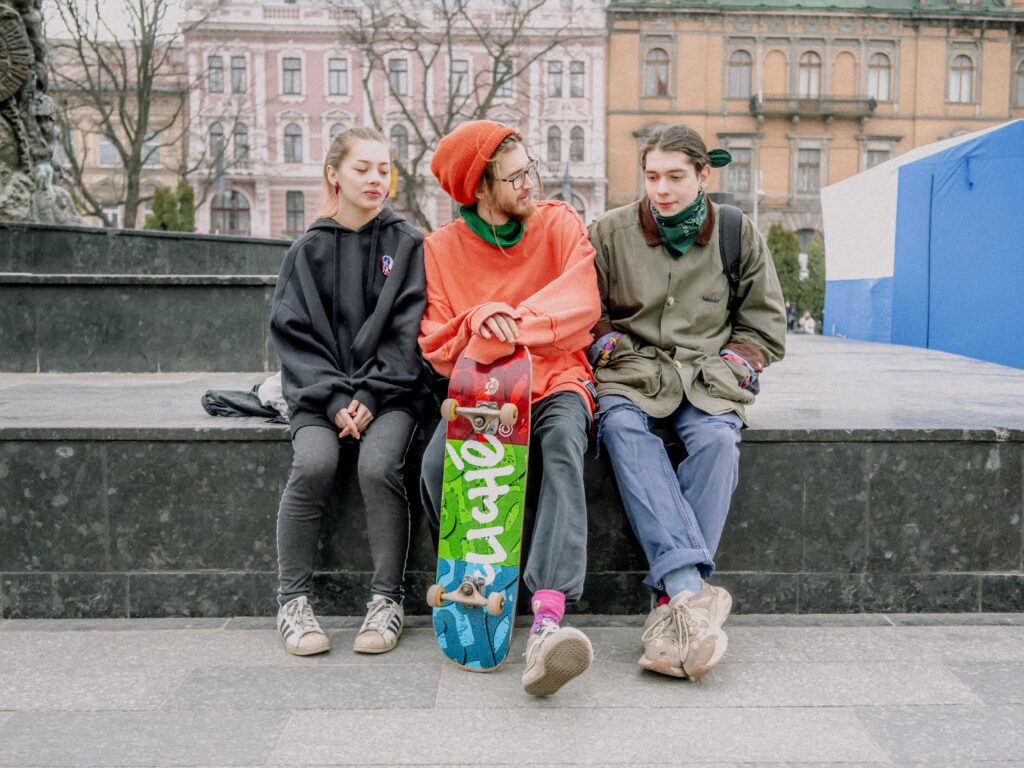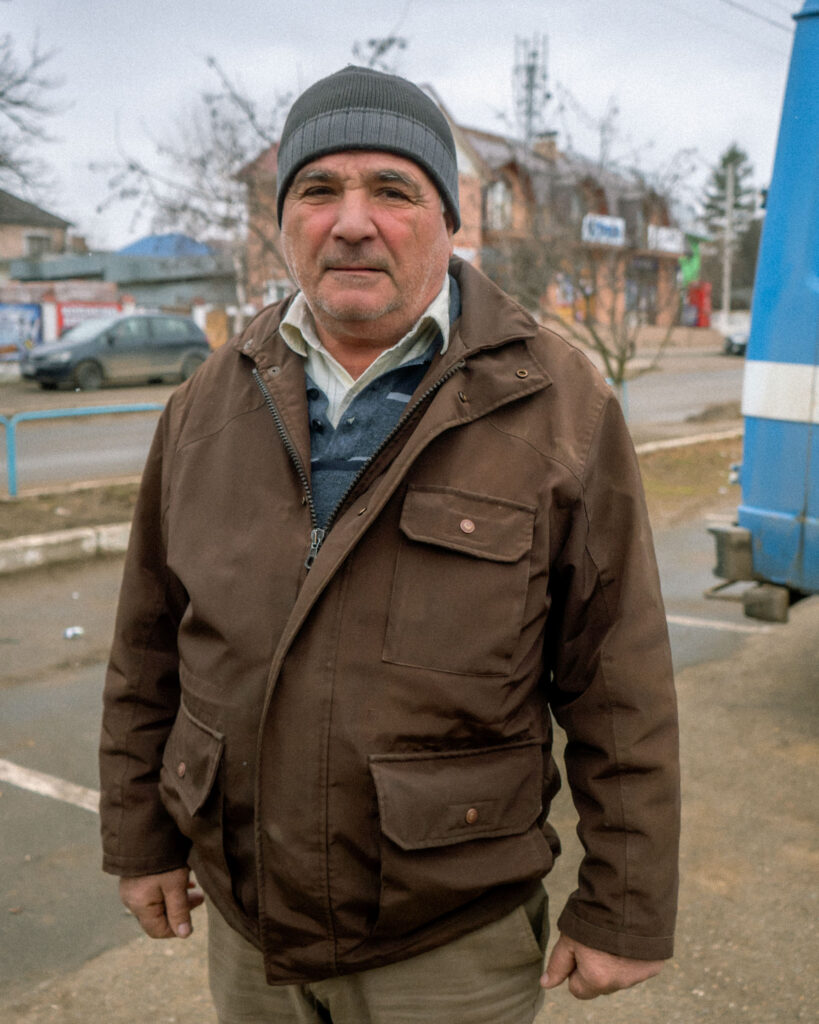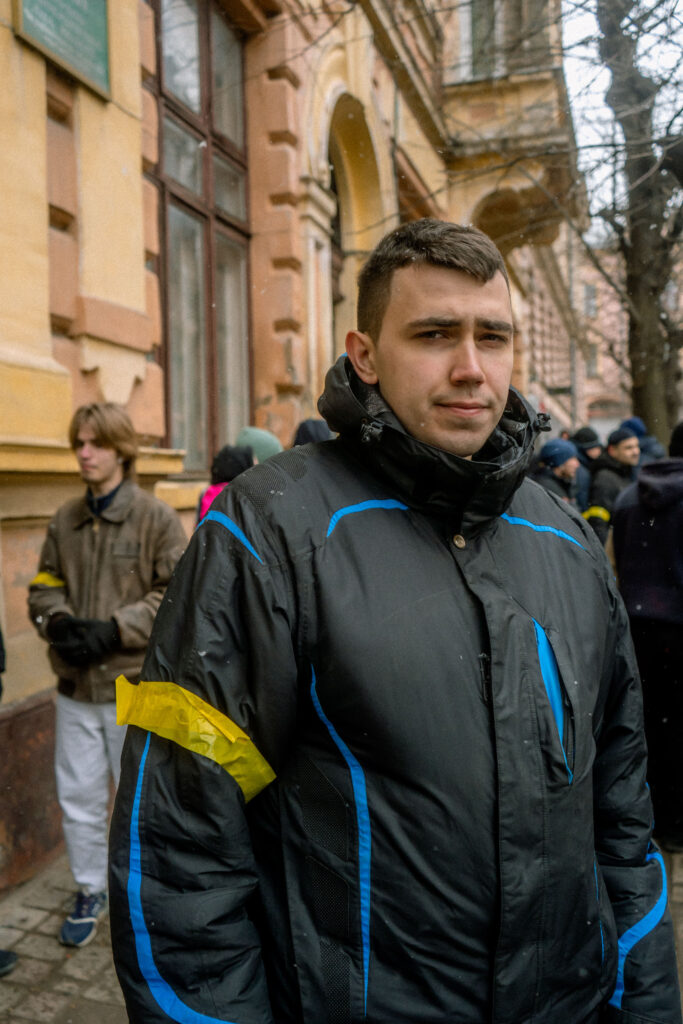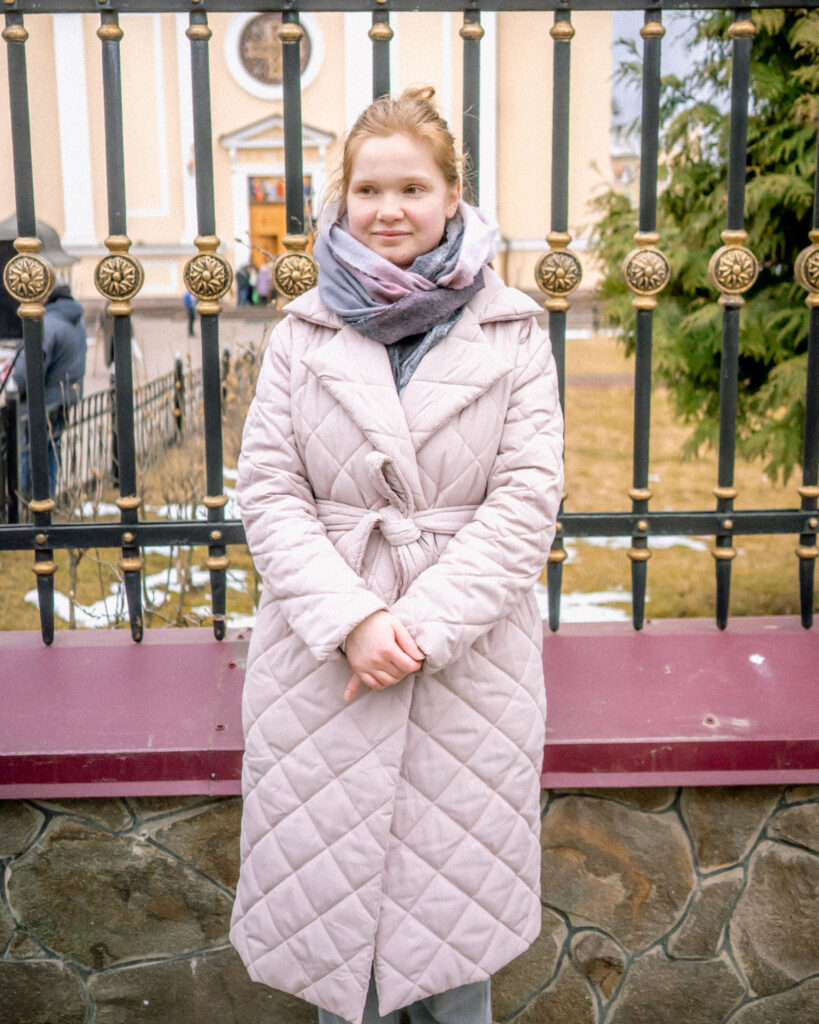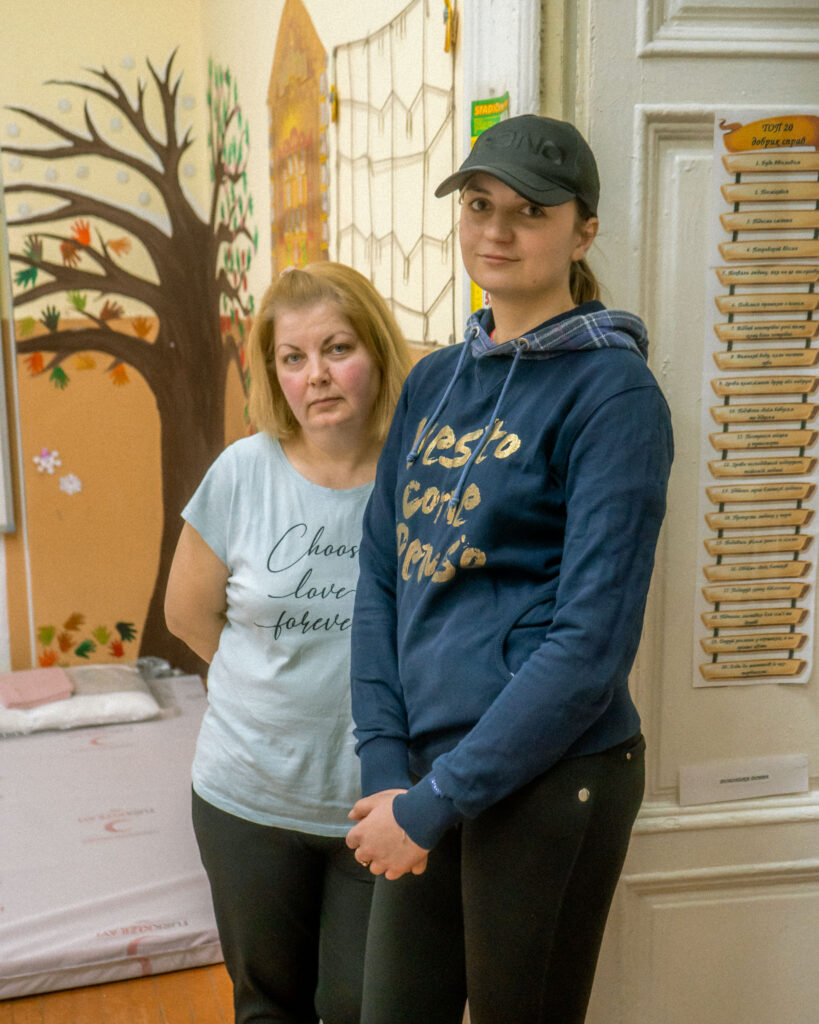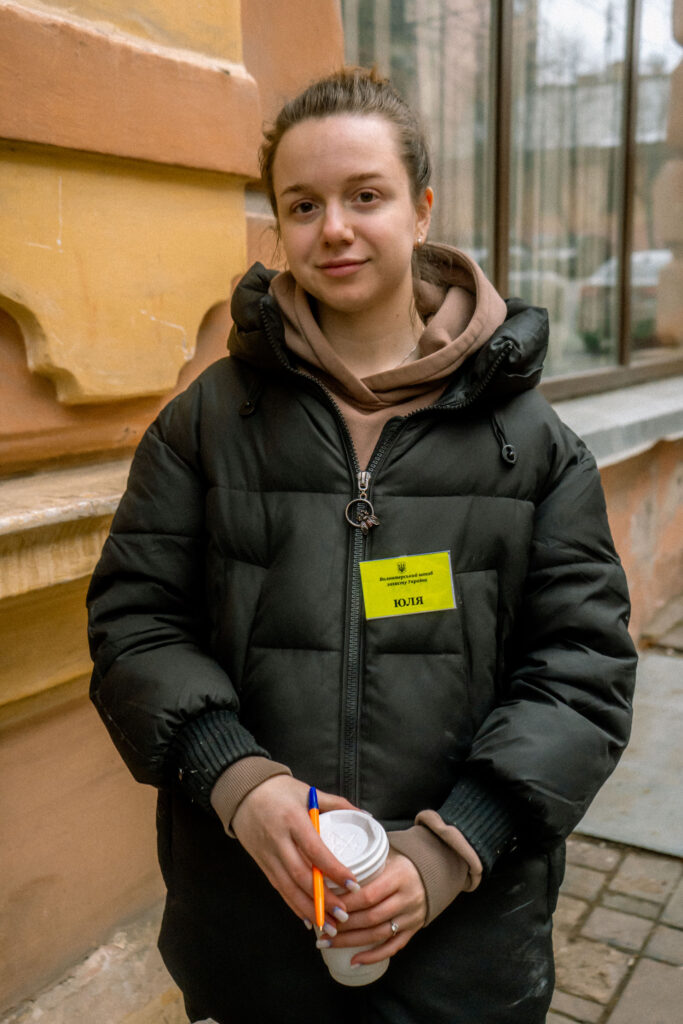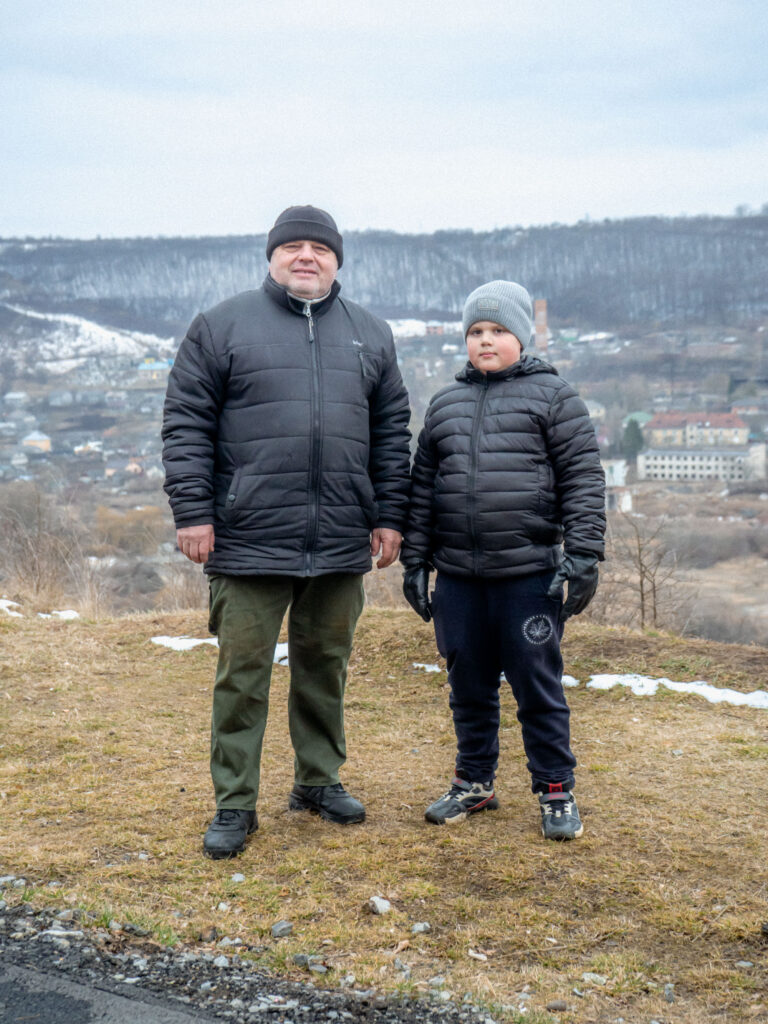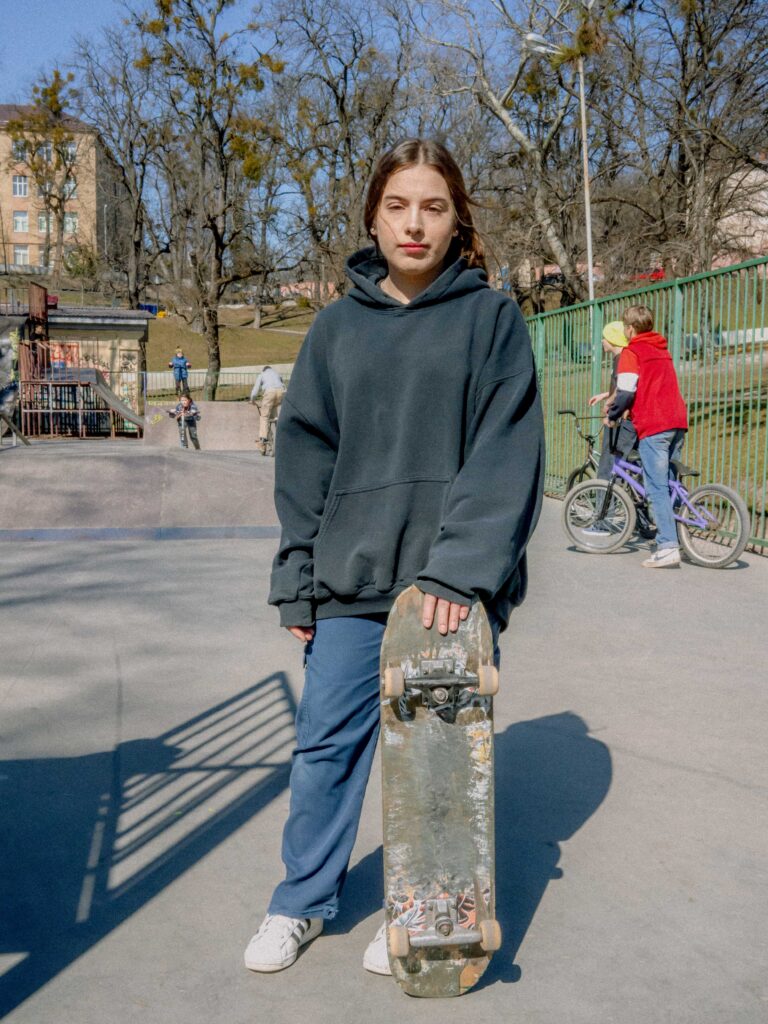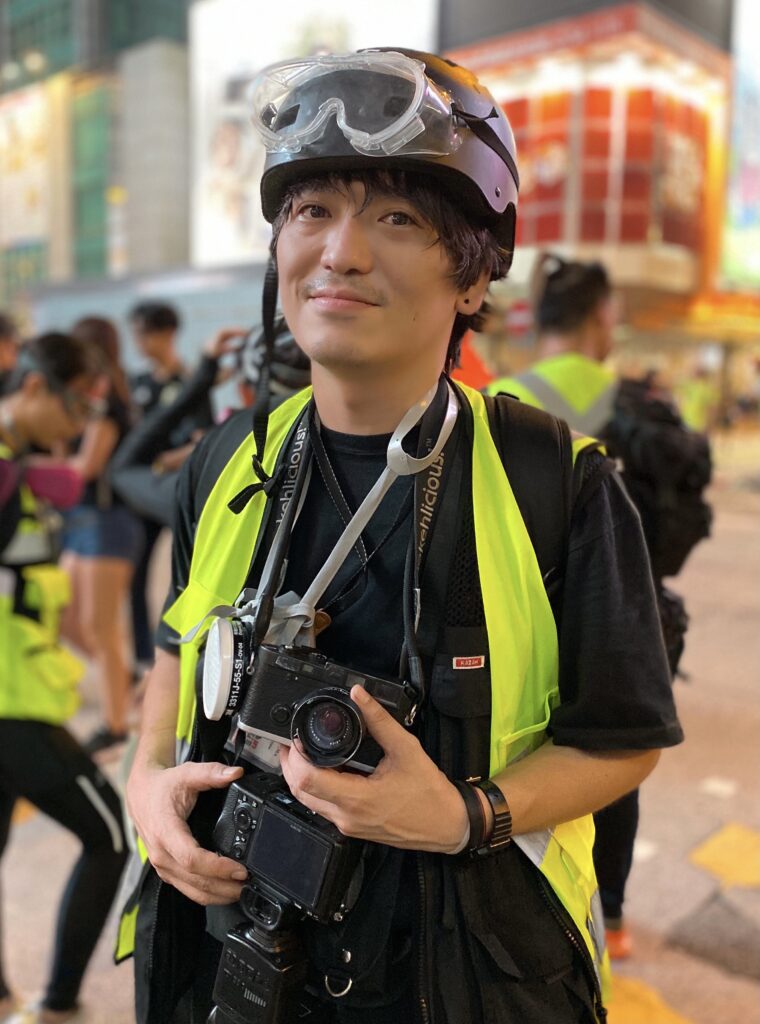Every day, we see devastating news coming out of Ukraine, from social media and otherwise. Amid all this, one tweet stood out on my feed. The Twitter user: Hironori Kodama. The tweet shows a portrait of a young man in Ukraine with a quote that says, “I want to create an IT service and become CEO. I thought long and hard over the past two weeks, but I still haven’t changed my mind about what I want to do. I was listening to Iron Maiden right now -20 years old.” I saw one human being’s authentic voice, something prominent media outlets don’t seem to feature.
Kodama currently takes photos of and talks to people in Ukraine and posts about the situation on Twitter, Instagram, and note. I asked him about the feelings that lie behind his documentation in the country.
–Could you briefly explain the work you do daily?
Hironori Kodama (Kodama): I used to work as a photojournalist for NHK, as I’ve always been interested in photography. Now I work as a freelance photographer and shoot things and people that catch my interest. I’m not too excited by so-called commercial photography. I recently started taking portraits and landscape photos along the National Route 4, which connects Nihonbashi to Aomori prefecture. Also, I documented the protests in Hong Kong from 2019 to 2020.
–What made you want to shoot in Ukraine during the war?
Kodama: As I mentioned, it had my interest. The news talks about the horrors happening on the frontlines in the country. The invaded areas are hellish. And such information is essential to save lives. It’s also crucial in terms of galvanizing the rest of the world. However, as long as the news industry is for-profit, people [in the industry] must weigh the value of each news story and select which ones to transmit. I can understand their situation as someone who worked in the TV industry. When the scope of information is so extensive, it can feel very distant at times. I have the desire to document the things I see and encounter through my perspective and lens. If anything, I embarrassingly don’t have a great cause, like having a firm sense of justice and saving the world with photography.
–Your photos make it seem like the people are spending their days the same as usual. What’s the situation actually like there?
Kodama: You can say the circumstances vary a lot from person to person. I can easily imagine that the refugees’ daily lives have changed drastically. I can’t make comparisons since I don’t know what the city was like before the invasion, but there’s a 10 pm curfew in place, and air-raid alarms go off constantly, requiring us to flee to a nearby shelter each time. It’s mentally draining for many people. Perhaps that’s why they try to live their lives calmly and regularly as much as possible.
Of course, everyone has a life, regardless of whether or not war’s going on. The news doesn’t show that side, but I do because I’m interested in that.
–Your social media tells me you’re in Lviv (a city in western Ukraine). Have you felt like you were in danger since you’ve been in Ukraine due to bombs and such?
Kodama: In Ivano-Frankivsk, the city I was in before Lviv, I woke up to the intense sound of a missile attack at dawn. I can still feel and hear the sound today. Many people remain in Lviv despite the outskirts being attacked numerous times. The city center may seem calm on the surface, but the people here have been preparing for aerial bombings by covering cultural properties and vital facilities with steel sheets.
–What is the news coverage of the war like over there, in terms of media like TV and newspapers?
Kodama: Aside from the ongoing war, the local news also talks about how the world’s reacting to it. Without foreign aid, the situation here will become even worse. They’re asking for more support through resources and military aid.
–Is the communications infrastructure still functioning?
Kodama: For me, at least, that hasn’t been an issue in places I stayed at like Chernivtsi and Ivano-Frankivsk, as well as Lviv, where I’m staying now. I can use my phone with a Ukrainian SIM card without any problems. Regarding the efficiency of wifi, that depends on the hotels providing it. Like in Japan, when too many people use their phones, the signal gets weak. Some accommodations have many fleeing people using the internet, so the connection gets slower depending on the time.
–Are there any issues related to the lack of food?
Kodama: There was a shortage of long-lasting food items and canned food in supermarkets in Chernivtsi. Also, different parts of the country and neighboring countries send food to those in the frontlines and refugees, but I hear it’s not enough. I’ve frequently spotted food and resources from neighboring countries arriving whenever I interviewed people. But I’ve heard there’s a severe shortage of medical supplies.
–-You take photos of many young people. Do you have any criteria regarding the things or people you shoot?
Kodama: I take photos of people of all ages, not just young people, but the young tend to be more proficient in English. So, it’s easier to ask them about the current situation. I don’t necessarily have any criteria, but I talk to people I’d talk to when I’m in Japan. Also, many people approach and take photos of me.
Because I conduct interviews on top of taking photos, I would sometimes ask an interpreter to translate from Ukrainian to English. I record the interview with a tape recorder and then shoot the subject.
–What do you feel now that you’ve entered Ukraine and interacted with the people there?
Kodama: I feel like I’m questioning how I faced the absurdity that is war in the past. I must ask myself how I’ve been facing the conflict in Syria and the prolonged Israeli-Palestinian conflict. Further, I believe I must be staunchly anti-war because Japan invaded different Asian countries in history. That feeling has amplified since I’ve been in Ukraine and talking to the people.
–Many photos taken in war are tragic, but you shoot portraits. Is there a reason behind this choice?
Kodama: Photos taken on the frontlines are imperative to convey the tragedy and reality of war. However, I don’t think we should show what’s happening through that medium alone. It’s okay for there to be various methods and perspectives. I came to Ukraine not as a photojournalist but as a photographer. I’m nothing compared to those taking photos of the frontlines, including media outlets in different countries. But there are limited places and areas I could shoot safely without any support. We scroll through any news and consume them only to forget about them thanks to the advancement of social media. For instance, in Japan, the military coup in Myanmar isn’t a topic of interest anymore. Same with Hong Kong and the oppression of Uyghurs. Humans are creatures that forget things. One researcher of international politics said that the more we study the history of humankind, the more we understand how we haven’t learned from history. I take portraits because the simpler something is, the more effective its message is. It stays in people’s hearts.
During the protests in Hong Kong, I was interested in what protestors built to protect themselves and took photos of so many barricades. In a particular part of Ukraine, a neighborhood watch group permitted me to document Molotov cocktails, sandbags, and caltrop. But the police suspected that I was a spy and persuaded me to take photos of people in the city. I currently post portraits on social media, but I also document the city and rural areas. I hope to present them in the future through another medium.
–Out of the people you took photos of in Ukraine, who left an impression on you?
Kodama: A parent with a child who fled to Ivano-Frankivsk for their dear lives told me, “Because of the ongoing attacks, we don’t have a home or computer or anything. We don’t have the data of our precious photos, so could you take a photo of us and email it to me?” I met a 17-year-old girl who escaped from Zhytomyr at a skate park in Lviv, and I still remember how she said, “My skateboard is important to me because my mother bought it for me on my birthday two years ago. That’s why I brought it with me.” It’s probably the most valuable thing for her. She said she found the skate park on her own and came to have fun despite the ongoing war.
Also, I met a man who fled from Kyiv, and he asked me, “I wonder to what extent people in Japan understand the invasion of Ukraine” in a worried voice. I couldn’t answer him.
–What do you plan on doing next in Ukraine?
Kodama: It does depend on the war, but I have no plans at all. Thanks to the advice of different people, I have many people supporting me, including funds for the work I do. I’m so grateful for that. I have some issues with accommodation, though. I hear there isn’t a lot of availability in apartments and hotels in Lviv because there are many refugees. I feel guilty for staying in this city when there are fleeing people who don’t have a place to stay, so I might move to a city with available rooms.
Because I work on my own and don’t have security, it’s much too risky for me to shoot in a danger zone. I figure I’d continue working within the confines of safety.
Hironori Kodama
Born in 1983 in Hyogo prefecture. After working as the news program director at TV Asahi, Hironori Kodama joined NHK. He was also involved in making news programs and documentaries as a photojournalist. Kodama began working as a freelance photographer after he resigned. In 2019, he repeatedly traveled to Hong Kong for ten months since the outbreak of protests to take photos there. His publications include NEW CITY (2020), a photo book comprised of photos of the Hong Kong protests, and BLOCK CITY (2021), a photo book featuring barricades used in said protests (both published by KungFu Camera).
Twitter:@KungFu_camer
Instagram:@kodama.jp
https://note.com/hironorikodama/
Now accepting donations to support our activities
https://my-site-103239-103657.square.site
Photography Hironori Kodama
Translation Lena Grace Suda

